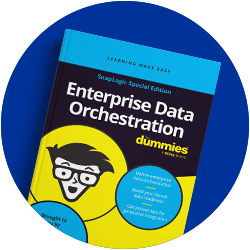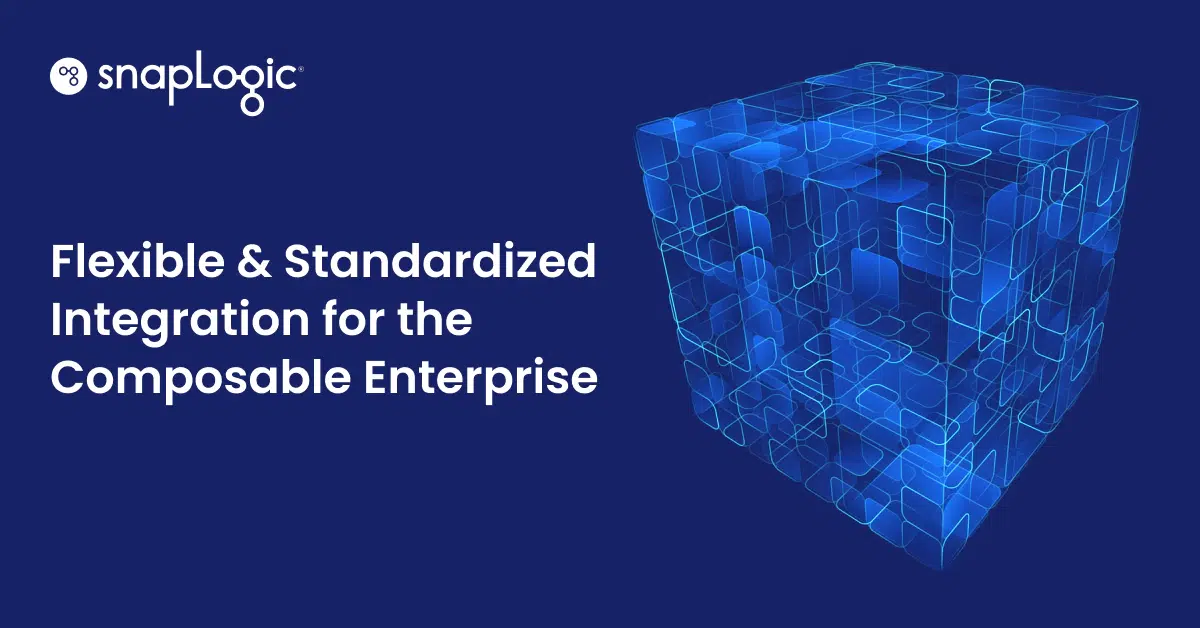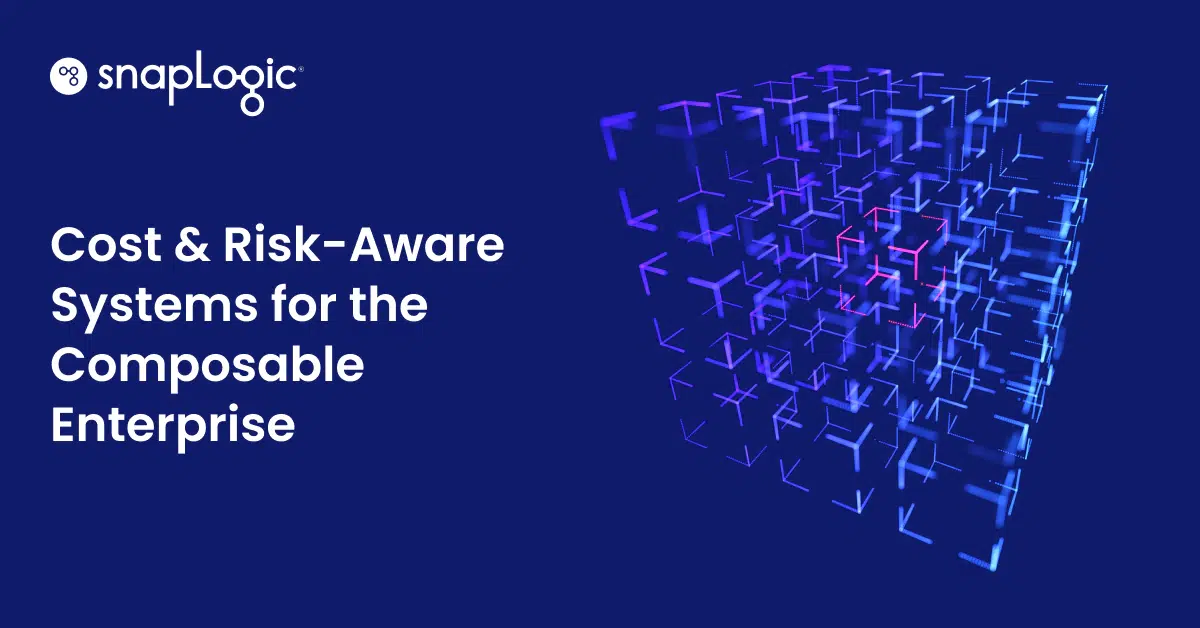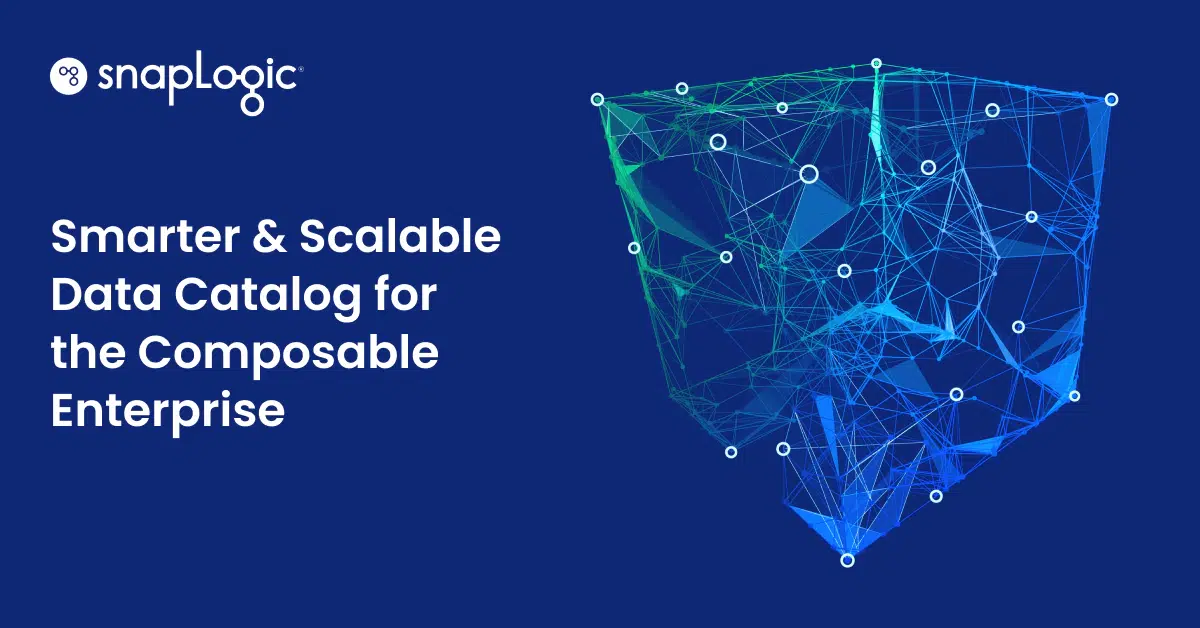Unternehmen sehen sich heute mit einem Paradoxon konfrontiert: Es gab noch nie so viele Tools zur Förderung von Innovationen, doch die Komplexität ihrer Verknüpfung bremst den Fortschritt weiterhin. Wenn Unternehmen immer mehr Anwendungen, Plattformen und Datenpipelines einführen, nehmen sie manchmal die Last von benutzerdefinierten Konnektoren, inkompatiblen Formaten und isolierten Telemetriedaten auf sich. Das Ergebnis? Starre Architekturen, die die Automatisierung, Integration und Innovation in großem Maßstab erschweren.
Doch es gibt einen besseren Weg: einen modernen, kompatiblen Ansatz, der auf offenen Standards und wiederverwendbaren Integrationsmustern basiert. In einer Welt, in der jedes Unternehmen zu einem KI-Unternehmen wird, ist Kompatibilität nicht nur ein Nice-to-have - sie ist grundlegend.
Das Argument für die Normung
In modernen Unternehmensarchitekturen ist die Integration allgegenwärtig. Von der Aufnahme von Telemetriedaten bis hin zur Veröffentlichung von analysefähigen Daten - die Notwendigkeit, Systeme miteinander zu verbinden, besteht ständig. Dennoch verlassen sich viele Unternehmen immer noch auf fragmentierte, anbieterspezifische Ansätze, die mehr Probleme schaffen als lösen.
Ohne Standardisierung wird jede Integration zu einer individuellen Aufgabe. Teams erstellen Adapter, um inkompatible Systeme zu überbrücken, führen Overhead ein, nur um Daten zu synchronisieren, und haben Mühe, brüchige Pipelines im Laufe der Zeit zu pflegen. Dieser Aufwand vervielfacht sich mit jedem neuen Tool, erhöht die Betriebskosten und verlangsamt die Transformation.
SnapLogic kehrt dieses Modell um, indem es Unternehmen die Möglichkeit gibt, standardisierte, offene Formate über den gesamten Datenlebenszyklus hinweg zu nutzen, ohne dass sie ihren bestehenden Stack "zerreißen und ersetzen" müssen.
Beispiel aus der Praxis:
Ein Fortune 100 CPG-Unternehmen nutzte SnapLogic, um über 200 benutzerdefinierte ETL-Skripte in seiner Salesforce- und SAP-Landschaft zu ersetzen. Durch die Standardisierung auf wiederverwendbare Snaps und offene Datenformate konnte die Entwicklungszeit für die Integration um 70 % reduziert und die Zuverlässigkeit der Pipeline verbessert werden.
Offene Standards im kompatiblen Unternehmen
Der Aufbau einer kompatiblen Infrastruktur beginnt mit einer skalierbaren Integrationsplattform. Aus diesem Grund wurde SnapLogic von Anfang an für die Unterstützung offener Protokolle und interoperabler Tools entwickelt.
- OpenTelemetry (OTel): Ermöglichen Sie Teams das Sammeln und Analysieren von Beobachtungsdaten mit dem Tool ihrer Wahl - sei es Grafana, Splunk oder ein benutzerdefiniertes Dashboard. SnapLogic kann mit allen diesen Tools zusammenarbeiten.
- OpenLineage: Bieten Sie Nachvollziehbarkeit über Datenpipelines hinweg und helfen Sie den Teams zu verstehen, woher die Daten stammen, wie sie transformiert wurden und wohin sie gehen - ohne sie an proprietäre Tools zu binden.
- Industriestandard-Konnektoren wie OPC-UA, OEM und EDI: Versorgen Sie Hot-Data-Pipelines in der Fertigung, der Logistik und anderen branchenspezifischen Anwendungsfällen, die Zuverlässigkeit und Echtzeit-Datenverkehr erfordern.
Wie einer meiner Ingenieurkollegen es ausdrückte: "Bringen Sie Ihr eigenes Armaturenbrett mit. Bringen Sie Ihr eigenes Werkzeug mit. Wir treffen euch dort."
Beispiel aus der Praxis:
Ein globales Industrieautomatisierungsunternehmen nutzte die OPC-UA-Unterstützung von SnapLogic, um Telemetriedaten aus der Fabrikhalle in seinen Azure Analytics Lake zu streamen. Das Ergebnis? Eine 50-prozentige Verringerung der Ausfallzeiten aufgrund von prädiktiven Erkenntnissen aus KI-Modellen, die auf Echtzeit-Sensordaten trainiert wurden.
Branchenorientierte, technikfreundliche Integration
Standardisierung bedeutet nicht, dass es eine Einheitsgröße für alle gibt. Unternehmen in verschiedenen Branchen - und sogar verschiedene Teams innerhalb desselben Unternehmens - haben einzigartige Anforderungen. Was sie brauchen, ist eine gemeinsame Grundlage, die dennoch bereichsspezifische Flexibilität zulässt.
SnapLogic ermöglicht dies, indem es wiederverwendbare, skalierbare Komponenten anbietet, die komplexe Integrationsprobleme in verschiedenen Bereichen lösen:
- In der Fertigung ermöglicht OPC-UA die Telemetrie von Anlagen in Echtzeit.
- Im Einzelhandel und in der Logistik unterstützt EDI zeitkritische Transaktionen in Supply Chain .
- Für Datenteams bietet OpenLineage einen Rahmen für Transparenz, Governance und KI-Bereitschaft.
Dabei handelt es sich nicht um Einzellösungen, sondern um zusammensteckbare Bausteine, die sich in eine umfassendere komponierbare Architektur einfügen.
Beispiel aus der Praxis:
Eine führende US-amerikanische Bekleidungsmarke verließ sich auf die EDI-Unterstützung von SnapLogic, um die Rechnungsverarbeitung zwischen SAP und Lagerpartnern zu automatisieren. Dadurch wurde der manuelle Abstimmungsaufwand um 80 % reduziert und die Geschwindigkeit von der Bestellung bis zum Zahlungseingang verbessert.
Warum das jetzt wichtig ist
Der Wechsel zu KI-zentrierten Geschäftsmodellen ist bereits im Gange. Doch ohne eine einheitliche Methode zur Aufnahme, Umwandlung und Verwaltung von Daten über verschiedene Systeme hinweg werden selbst die besten KI-Agenten versagen.
Kompatible Unternehmen lösen dieses Problem, indem sie auf einer offenen, standardisierten Integration aufbauen, die es Teams ermöglicht, schneller zu reagieren, intelligenter zu skalieren und ihre Architektur zukunftssicher zu machen. SnapLogic hilft Unternehmen, dieses Ziel zu erreichen:
- Eine einheitliche, programmierfreundliche Plattform für Anwendungs- und Datenintegration und API-Verwaltung
- KI-gestützte Werkzeuge wie SnapGPT und AgentCreator
- Integrierte Unterstützung für offene Standards und Industrieprotokolle
Beispiel aus der Praxis:
Ein globaler Anbieter von Personallösungen nutzte SnapGPT, um die Entwicklung von API-Integrationen zu beschleunigen. So konnte das Entwicklungsteam mehr als 50 Integrationen in der Hälfte der Zeit erstellen und das Data-Science-Team in die Lage versetzen, generative KI-Anwendungsfälle schneller umzusetzen.
Ein Fundament für den Wandel
Standardisierung ist kein Hindernis - sie ist ein Katalysator. Durch die Einführung offener Formate und kompatibler Integrationsmuster können Unternehmen ihre Agilität steigern, technische Schulden reduzieren und mit der Geschwindigkeit der Innovation Schritt halten.
SnapLogic setzt sich dafür ein, diese Zukunft möglich zu machen. Ganz gleich, ob Sie Telemetrie mit OpenTelemetry verwalten, mit OpenLineage die Abstammung sicherstellen oder Altsysteme mit modernen Agenten integrieren möchten - wir stellen die Tools und die Infrastruktur bereit, die eine einfache, skalierbare und intelligente Integration ermöglichen.
Sind Sie bereit zu erfahren, wie Sie Ihre Composable Foundation aufbauen können? Erfahren Sie, wie SnapLogic offene Standards unterstützt und Ihren Übergang zu einem KI-fähigen, kompatiblen Unternehmen fördert.











